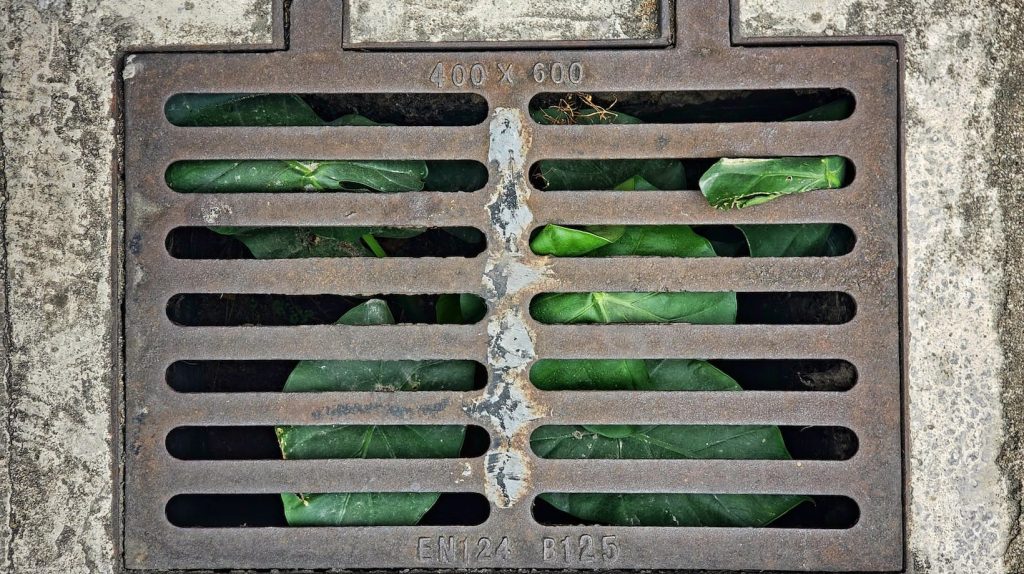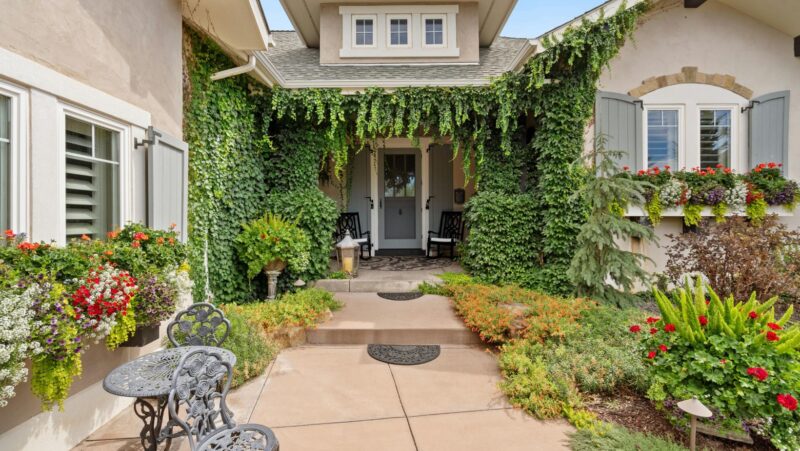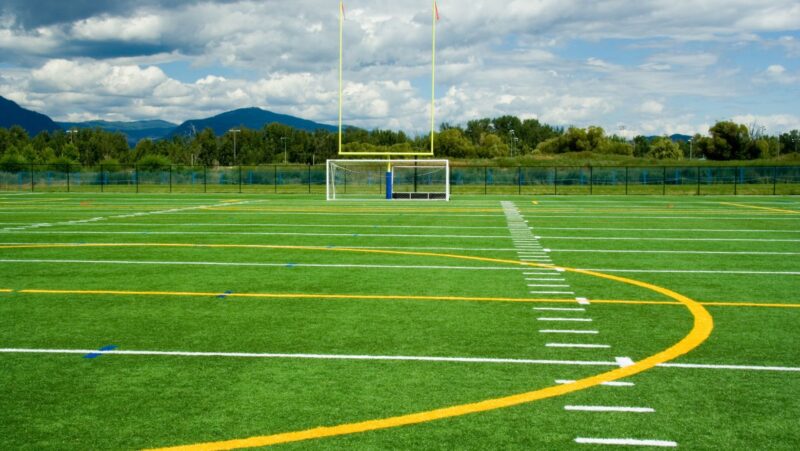
Reducing the amount of water in your landscape can help shield nearby buildings and property from long-term harm. Water may be necessary for maintaining a lawn. However, you must distribute it adequately to prevent damage to your home and other essential installations.
Soil saturation caused by too much water can cause foundation shifts in houses and other structures. Your property may sustain cracks and other possible damages due to this. Furthermore, stagnating water in muddy areas encourages the growth of mosquitoes and other insects that spread disease.
For homeowners, keeping a safe and practical outdoor area requires adequate drainage. You can manage water runoff and safeguard your landscape with a few efficient drainage techniques like trench drains, dry wells, and gutter drains. The drainage solutions below are valuable whether you’re facing heavy rainfall, drainage issues in your yard, or need to deal with excess moisture on your property.
Add a Slope to Your Home
Adding dirt and sloping it away from your home’s foundation at a one-inch slope per foot of horizontal run is one of the most popular solutions for poor drainage. It is an easy, affordable, and efficient DIY drainage solution you should always consider before attempting any other.
It takes more than just throwing dirt down and using a shovel’s back to level the grade. Ensure at least four inches of space is between the slope’s highest point and the siding’s bottom.
Mulch and wrapped topsoil, frequently used for border strips surrounding homes, aren’t the best options for grading soil because they are porous and could wash away.
Instead, find a harder, more clay-like soil somewhere on your property or in another location that packs tightly and aids in better shaping that slope. Because clay-type soil is less porous, water will run off rather than through it.
Dry Wells
A cylindrical subterranean reservoir called a dry well collects water from runoff and gradually re-introduces it into the soil. This method of landscape water drainage is practicable due to the porous siding of the dry well.
This drainage system gradually introduces excess water a few feet beneath the surface rather than allowing it to build above ground. The most common application for a dry well is for running water that is more challenging to reroute, like outlets or driveway grates.
The best drainage solution for your lawn will depend on several variables, including the amount of rainfall, the makeup of the soil, and the groundwater level height.
Rain Gardens
An aesthetically pleasing and functional way to control the surplus water in your home is to create a rain garden. Water can collect in a shallow recess because of this self-sufficient, natural system and eventually seep into the soil. Rain gardens are valuable, especially for controlling runoff from driveways, rooftops, and other drainage barriers.
Select the ideal site and soil composition for a rain garden. The location of the garden must be low-lying and have natural water accumulation.
In addition to having good drainage, the soil mixture should be able to hold onto moisture in arid weather. Because native plants have adjusted to the region’s climate and can withstand damp conditions, they are ideal for a rain garden.

Gutter Drains
Connecting basement waterproofing lines or gutter downspouts via drain pipe and rerouting them to a location with improved drainage is an additional drainage system alternative.
Multiple choices are available for the drainpipe’s termination point. Allowing an unrestricted water flow to escape through a catch tank with a grate makes it very simple to clean out.
Another kind of drain removal point is a pop-up emitter. Pop-up emitters have a low profile and are typically camouflaged into the surrounding environment. It features a top that opens to discharge water when hydrostatic pressure is applied and shuts when it drops.
Also, you can connect extra sump pumps or downspout drains straight into a dry well. A dry well might be your only option in homes with a below-average grade or communities with specific codes that forbid redirecting stormwater runoff into the street.
French Drains
Controlling surface water that runs across your garden can be challenging, especially if the water is coming from somewhere else. Thankfully, a French drain is a cheap solution for surface water management.
A trench with porous materials, like gravel, placed over a PVC pipe with holes in it is called a French drain. Water enters the PVC pipe via the gravel. The PVC pipe immediately sweeps the water.
Swales
Wide, shallow ditches called swales optimize drainage and reroute water flow. Usually, vegetation (like grassy plants or wildflowers) covers them to reduce water flow, remove pollutants, and halt erosion.
To design swales, you must first ascertain the land’s inherent drainage patterns and pinpoint locations where water tends to collect or flow.
After that, dig and gently slope the swale to a shallow depth to divert water into designated areas. To allow water to seep into the soil, you can line the swale with an extra gravel layer or another porous material after digging it.
Swales are an excellent choice for landscape drainage because of their capacity to filter contaminants, regulate water flow, and lessen erosion. They can also draw wildlife to the area and add visual interest.
Moreover, swales are an inexpensive, low-maintenance option that is simple to incorporate into already-existing landscape designs.

Aerate Your Yard
Aerating your yard is a regular and essential procedure that keeps it looking its best. Aeration splits the packed dirt beneath the grass and creates holes for nutrients and air introduction.
Another advantage of aeration is that it encourages yard drainage. The water filters down via countless holes rather than collecting on the lawn.
Incorporating the Right Landscape Drainage in Your Home
Generally, because it’s challenging to distribute water, having inadequate yard drainage will make maintaining a pleasant and practical outdoor space unobtainable. Poor landscape drainage can cause water markings, mold, soil erosion, and loose soil surfaces. It can also cause flooded basements.
You can design a stunning and sustainable landscape by combining sustainable practices, natural structures, and drainage methods.
You can enhance any irrigation system by installing an outdoor drainage solution. Doing so helps to keep water out of driveways, low-lying regions, pathways, and other areas, protecting your garden and saving you cash.












